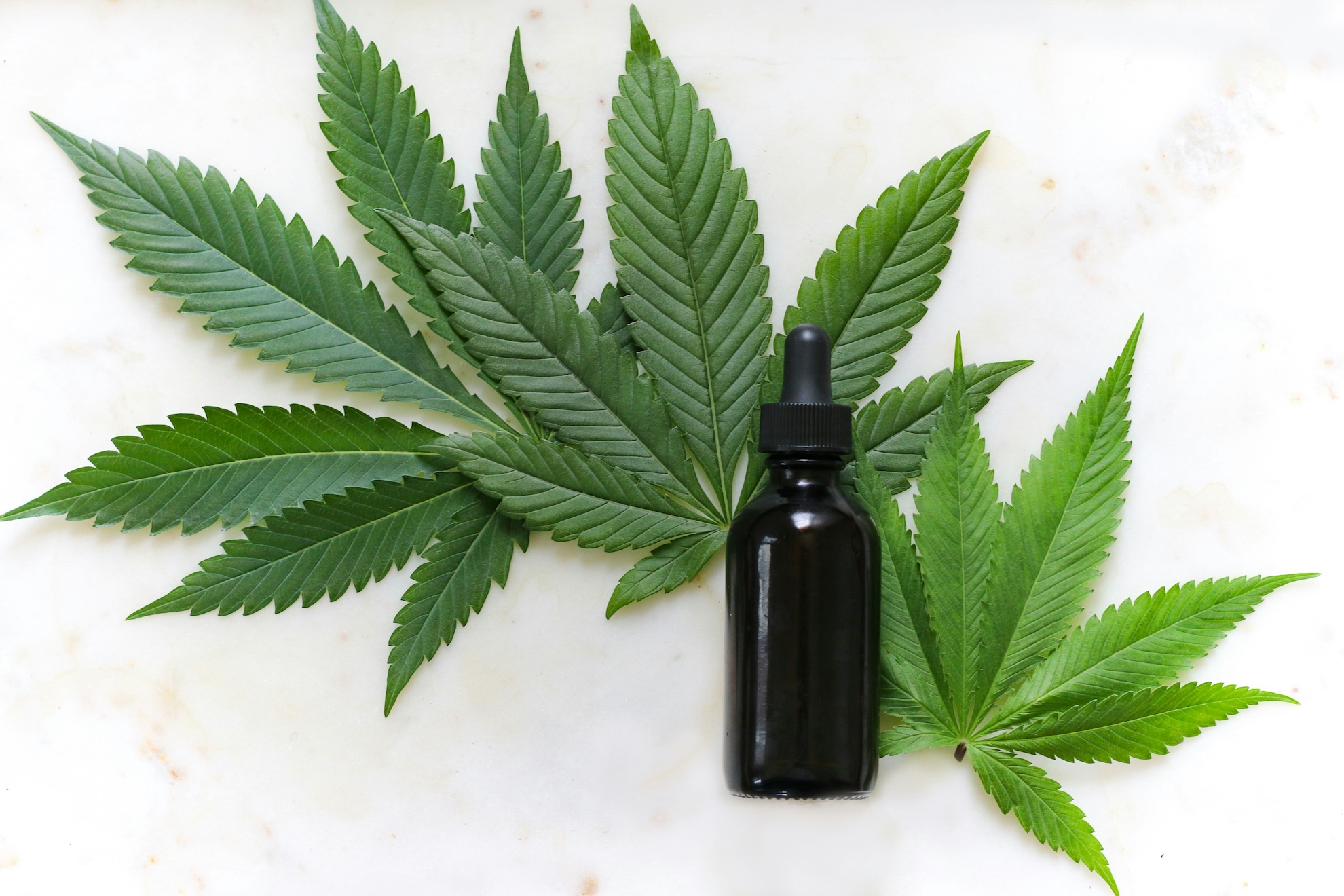09.10.2024
How can cannabis help with chronic pain?

Pain is a signal sent to the brain in order to notify it that something isn’t right, that there exists some kind of illness or injury in the body, and pain in some form is the most common cause for people to seek out medical help. So, we can look at pain as a symptom or warning which signals a specific problem, but sometimes the causes of pain are unknown or already healed.
Chronic pain is persistent and continuous in a period of at least three months, with varying potential causes which can sometimes remain completely unclear. Chronic pain has far reaching consequences that affect the life of the individual who suffers not only physically but emotional and mental stress and often have significantly more difficulty in everyday life. You can read more about chronic pain here .
For some types of pain there aren’t any known efficient treatment methods, and some methods cause new symptoms and consequences, so experts stubbornly continue with their search for new ways to alleviate pain.
In recent years, the medical use of cannabis has become more noticeable and the decriminalization and legalization for medical use has become more common around the world. The controversy surrounding cannabis, or marijuana, as a psychoactive substance is clear, its use, even though it is a “light drug” can lead to numerous unwanted consequences as well as to addiction.
The cannabis plant contains many chemical components, of which cannabinoids are most present, they affect the endogenous cannabinoid receptors in the human nerve and immune systems. The most important and most present cannabinoids are tetrahydrocannabinol (THC) and cannabidiol (CBD). THC gives the psychoactive aspect of cannabis, the euphoria and the psychotic nature, while CBD isn’t psychoactive and anti-anxiety and any-psychosis effects. The specific chemical structure depends on the concentration of these two cannabinoids and their interaction, medical cannabis has higher amounts of CBD which limits the psychoactive effects, while recreational cannabis has higher amounts of THC.
For many years, numerous studies have proven the efficacy of medical cannabis in treating chronic pain.
One study examined the experiences of patients who used medical cannabis and suffered from neuropathic pain, back pain, arthritis, post operational pain, migraines and alike, most of them said the biggest take away was the feelings of alleviated pain while the second was better sleep. The biggest down sides were the cost of the treatment and the stigma they felt for using cannabis.
In another study, a significant lowering of the amount of other opioid drugs used has been shown, if medical cannabis is used for treating the pain. This shows a significant positive alternative or something to combine the opioid analgesics which can have severe damaging effects and consequences, unlike cannabis.
Cannabis is illegal in Serbia, but CBD is not
In Serbia today cannabis isn’t legal, but products do exist which are made of industrial hemp which contain extremely low quantities of THC (less than 0,3%). You can legally buy CBD flowers and CBD oil which contains even 0% of THC.
CBD isolated from THC is significantly less researched than medical cannabis which includes THC, still, the role of CBD as a cannabinoid and its effects on the organism have been known for a while.
Research suggests that CBD can help with sleeping disorders, spasticity, Tourette syndrome, nausea and vomiting in chemotherapy and alleviation of chronic pain. The negative effects of CBD can be tiredness, sleepiness, lower appetite, diarrhea, lower blood pressure and increased liver toxicity.
Further research about the therapeutic and medicinal properties of CBD are being done because of its natural origin, wide applicability, low risk of addiction and safety.
Data from the World Health Organization over the years has shown more and more benefits to using CBD for medicinal purposes. Research suggests that CBD can help with alleviating pain and inflammation in different states such as arthritis, multiple sclerosis and neuropathic pain, its effects on chronic pain aren’t equally clear as those in medicinal cannabis which contains higher amounts of THC.
A lot more research is required to better understand chronic pain as well as the vast ways in which it is possible to treat this complex problem.
CBD products are considered generally safe but unwanted reactions or interactions with other medications are possible, because of this it is important to consult with a doctor or healthcare expert about the way of consuming these products and the appropriate dosage.
*This text is intended for informational purposes only. If you experience any symptoms, it is recommended that you seek advice from your doctor or a qualified healthcare professional.*
*Image taken from the site: https://unsplash.com/photos/green-cannabis-leaves-and-black-glass-drops-bottle-b2haCjfk_cM*
Bains, S., & Mukhdomi, T. (2022, December 12). Medicinal cannabis for treatment of chronic pain. StatPearls - NCBI Bookshelf. https://www.ncbi.nlm.nih.gov/books/NBK574562/
Mack, A., & Joy, J. (2000). MARIJUANA AND PAIN. Marijuana as Medicine? - NCBI Bookshelf. https://www.ncbi.nlm.nih.gov/books/NBK224384/
Villanueva, M. R. B., Joshaghani, N., Villa, N., Badla, O., Goit, R., Saddik, S. E., Dawood, S. N., Rabih, A. M., Niaj, A., Raman, A., Uprety, M., Calero, M., & Khan, S. (2022). Efficacy, safety, and Regulation of cannabidiol on Chronic Pain: a Systematic review. Cureus. https://doi.org/10.7759/cureus.26913
Your trusted partner in finding medical information. We offer access to reliable resources and make it simple for you to get in touch with qualified medical service providers. Our goal is to assist you in achieving optimal health through dependable information and ongoing support, whether it's advice, a physical examination, or expert consultation.